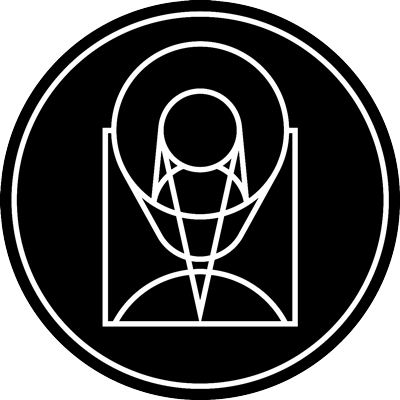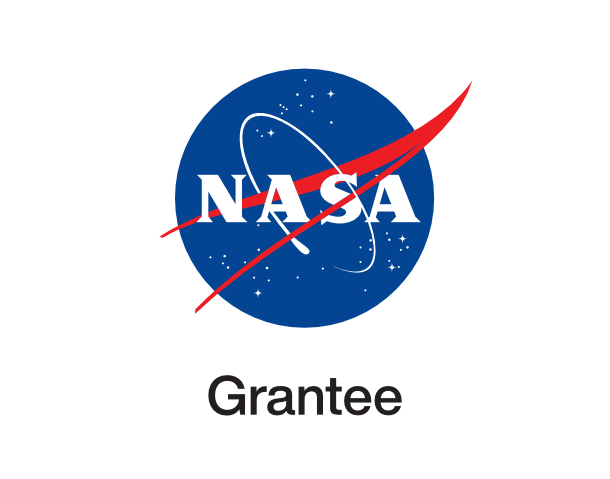GRAVITATIONALLY LENSED REQUIEM GALAXIES

stsci_2021-39a September 22nd, 2021
Credit: NASA, ESA, Katherine E. Whitaker (UMass)
These images are composites from NASA's Hubble Space Telescope and the Atacama Large Millimeter/submillimeter Array (ALMA). The boxed and pullout images show two of the six, distant, massive galaxies where scientists found star formation has ceased due to the depletion of a fuel source—cold hydrogen gas.
Hubble, together with ALMA, found these odd galaxies when they combined forces with the "natural lens" in space created by foreground massive galaxy clusters. The clusters' gravity stretches and amplifies the light of the background galaxies in an effect called gravitational lensing. This phenomenon allows astronomers to use massive galaxy clusters as natural magnifying glasses to study details in the distant galaxies that would otherwise be impossible to see.
The yellow traces the glow of starlight. The artificial purple color traces cold dust from ALMA observations. This cold dust is used as a proxy for the cold hydrogen gas needed for star formation.
Even with ALMA's sensitivity, scientists do not detect dust in most of the six galaxies sampled. One example is MRG-M1341, at upper right. It looks distorted by the "funhouse mirror" optical effects of lensing. In contrast, the purple blob to the left of the galaxy is an example of a dust-and-gas-rich galaxy.
One example of the detection of cold dust ALMA did make is galaxy MRG-M2129 at bottom right. The galaxy only has dust and gas in the very center. This suggests that star formation may have shut down from the outskirts inward.
Provider: Space Telescope Science Institute
Image Source: https://hubblesite.org/contents/news-releases/2021/news-2021-039
Curator: STScI, Baltimore, MD, USA
Image Use Policy: http://hubblesite.org/copyright/

- ID
- 2021-39a
- Subject Category
- D.5.2.1
- Subject Name
- MRG-M1341, MRG-M2129
- Credits
- NASA, ESA, Katherine E. Whitaker (UMass)
- Release Date
- 2021-09-22T00:00:00
- Lightyears
- Redshift
- Reference Url
- https://hubblesite.org/contents/news-releases/2021/news-2021-039
- Type
- Collage
- Image Quality
- Good
- Distance Notes
- M1341: 9.63 billion light-years, z=1.5943 , M2129: 10.63 billion light-years, z=2.1478
- Facility
- Hubble, Hubble, Hubble, ALMA
- Instrument
- WFC3/UVIS, WFC3/IR, WFC3/IR, -
- Color Assignment
- Blue, Green, Red, Purple
- Band
- Optical, Infrared, Infrared, Radio
- Bandpass
- I-band, J, H, band 6
- Central Wavelength
- 814, 1250, 1600, 0
- Start Time
- Integration Time
- Dataset ID
- Notes
- Coordinate Frame
- ICRS
- Equinox
- Reference Value
- 322.3585833, -7.6913333
- Reference Dimension
- Reference Pixel
- Scale
- Rotation
- Coordinate System Projection:
- Quality
- Position
- FITS Header
- Notes
- Creator (Curator)
- STScI
- URL
- http://hubblesite.org
- Name
- Space Telescope Science Institute Office of Public Outreach
- outreach@stsci.edu
- Telephone
- 410-338-4444
- Address
- 3700 San Martin Drive
- City
- Baltimore
- State/Province
- MD
- Postal Code
- 21218
- Country
- USA
- Rights
- http://hubblesite.org/copyright/
- Publisher
- STScI
- Publisher ID
- stsci
- Resource ID
- STSCI-H-p2139a-f-3408x3425.tif
- Resource URL
- https://mast.stsci.edu/api/latest/Download/file?uri=mast:OPO/product/STSCI-H-p2139a-f-3408x3425.tif
- Related Resources
- Metadata Date
- 2021-12-14T14:27:37-05:00
- Metadata Version
- 1.2
Detailed color mapping information coming soon...














